THE Honda HR-V it remains a highly successful model for the Japanese brand in markets such as the North American or Chinese, but not the European.
In Europe, HR-V's career has been marked by… discretion. The “old continent” is, as a rule, one of the hardest markets to reach, and in a segment as saturated as the B-SUV — around two dozen models to choose from — it's easy to overlook several proposals that could be as valid as other more successful rivals.
Is the Honda HR-V being unfairly forgotten by the Europeans… and, more particularly, by the Portuguese? Time to find out.
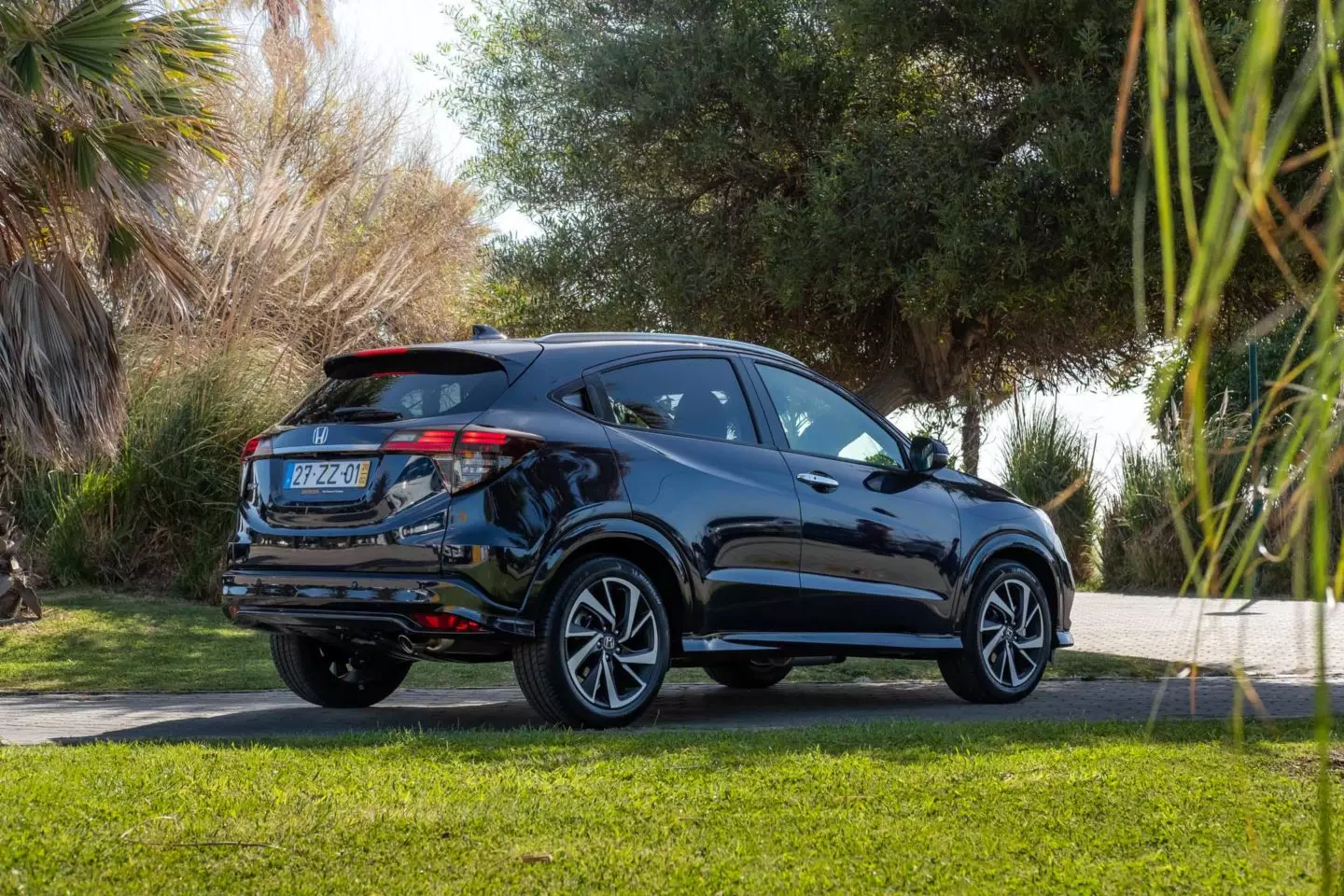
Little sex appeal, but very practical
It was last year that a renovated HR-V arrived in Portugal, retouched in its exterior and interior aesthetics with new front seats and new materials. The highlight was the introduction of the HR-V Sport equipped with the 182hp 1.5 Turbo, which left so many fond memories when I tested it on the Civic, but that's not the HR-V we're testing — here we have the 1.5 i -VTEC, naturally aspirated, in the Executive version, one of the best equipped.
Personally, I don't find it very appealing — it's as if Honda's designers were torn between daring or pleasing “Greeks and Trojans”, lacking assertiveness in the set. However, what it lacks in sex appeal, it largely makes up for with its practical attributes.
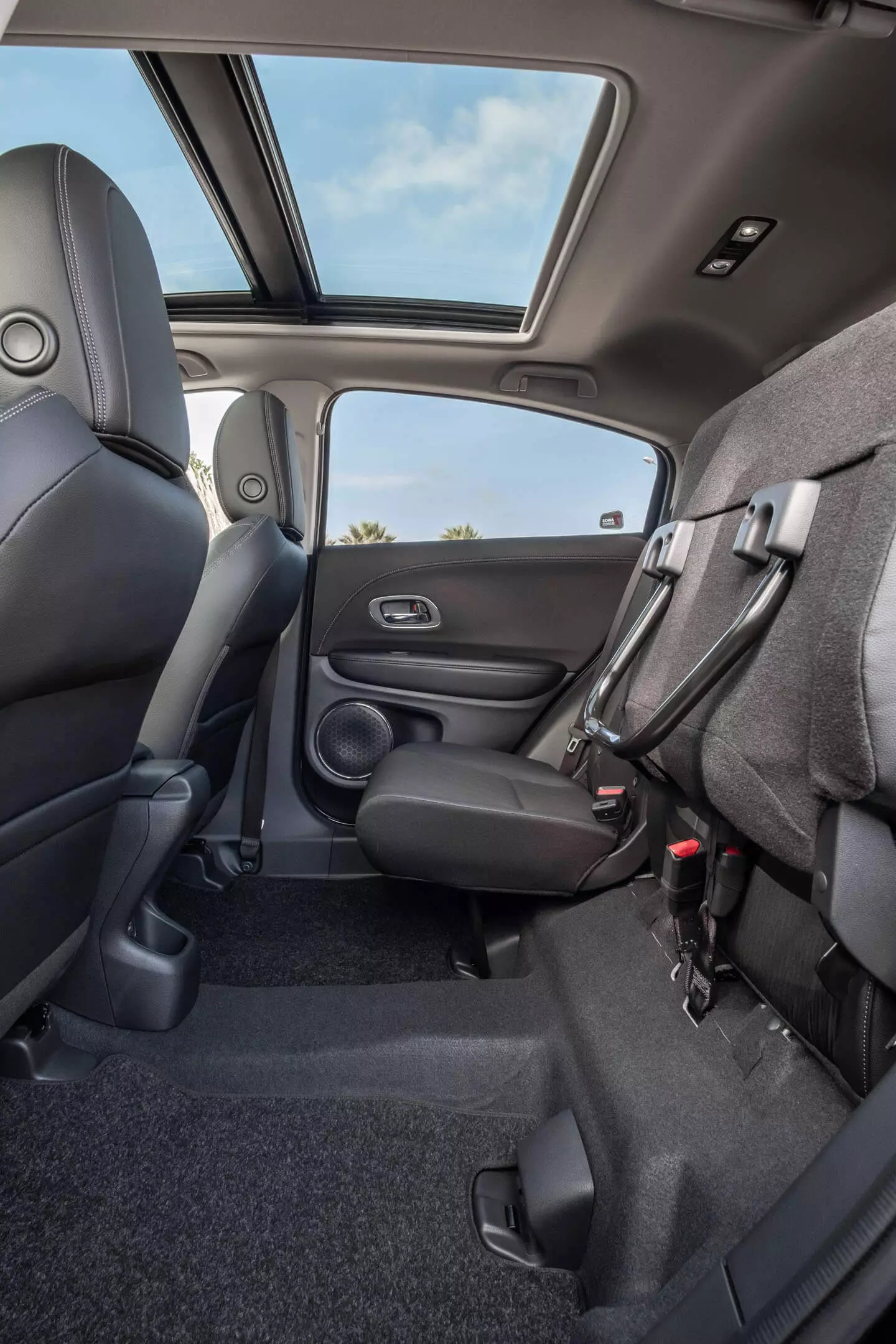
Derived from the same technical basis as the smallest Jazz, it inherited from it its excellent packaging, which guarantees excellent levels of habitability — one of the most spacious in the segment that would make a small family member of the segment above blush with envy — and many good versatility rates .
Subscribe to our newsletter
Highlight for the 470 l of luggage capacity (when we add up the space under the removable floor) and for the versatility that the “magic seats” — as Honda defines them — allow. We don't have sliding seats like, for example, on the leader Renault Captur, but this possibility of folding the seat towards the back opens up a whole world of possibilities.
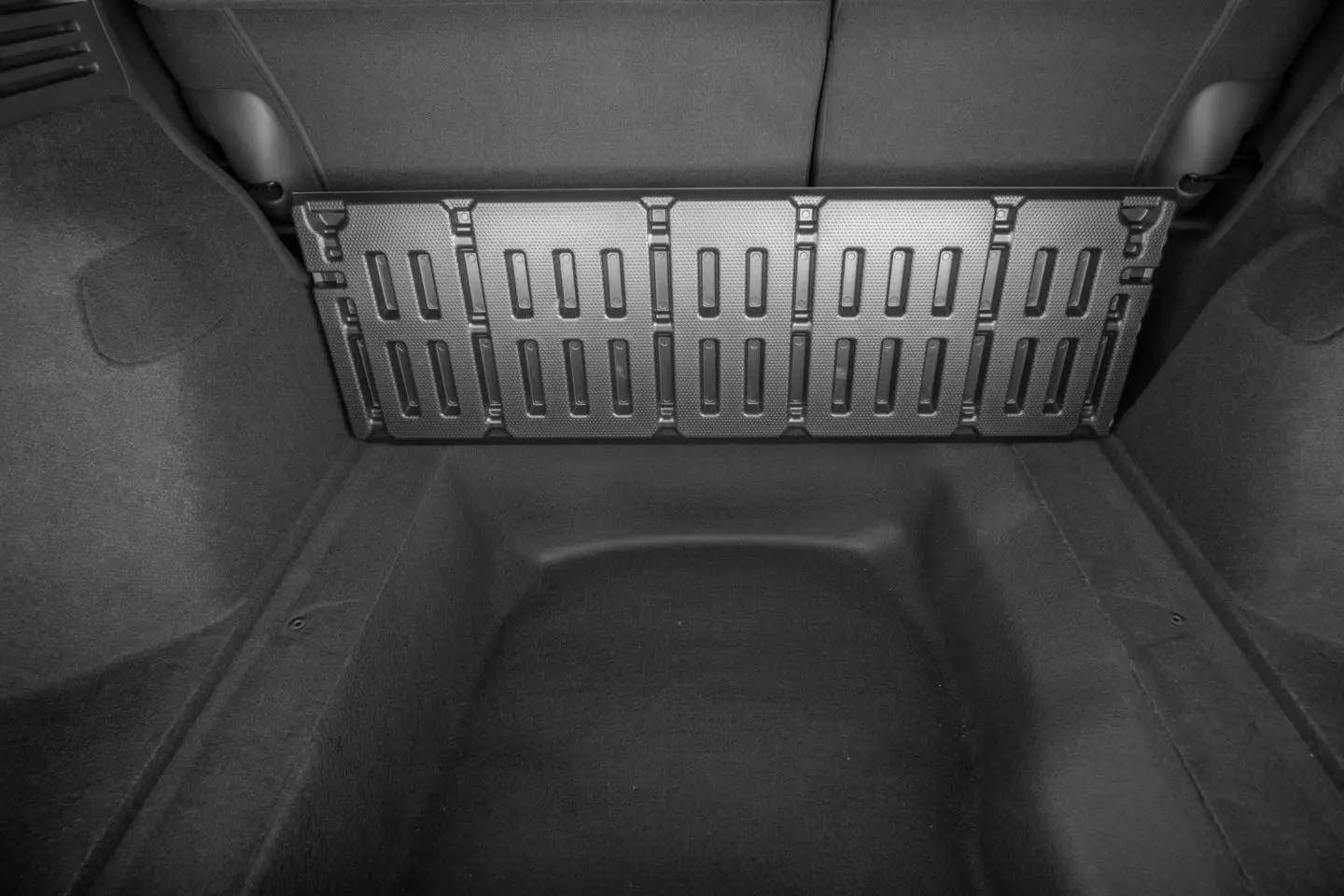
The trunk is spacious and with good access, and there is a trapdoor under the floor with plenty of space.
in the front row
If the second row and luggage compartment are among the strongest competitive arguments of the HR-V, when in the first row that competitiveness partly fades. The main reason is related to the usability found, especially when we have to interact with the infotainment system and the climate control panel.
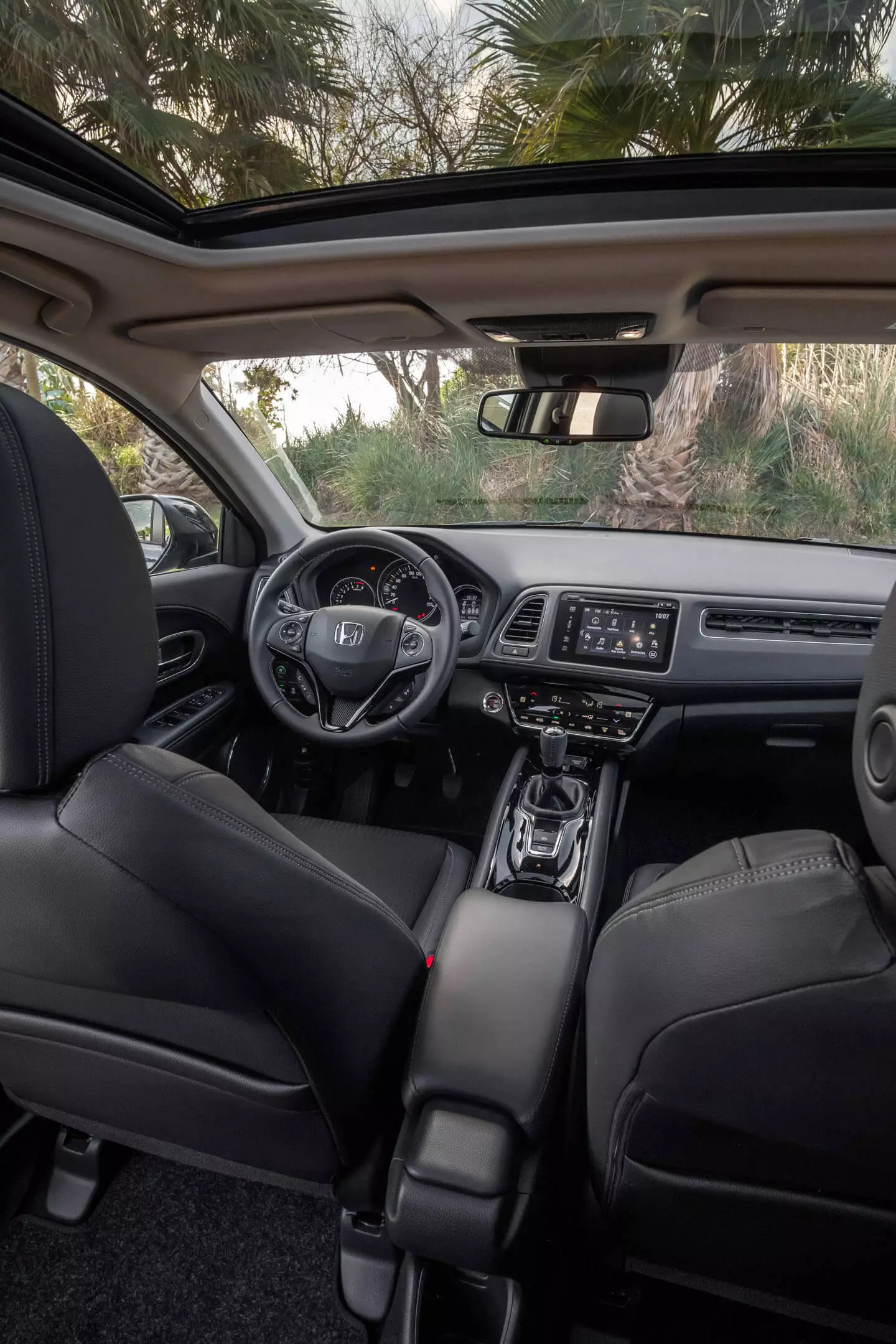
It's because? Where there should be physical buttons — rotary or key type — we have haptic commands that end up creating some frustration in their use, compromising usability. The infotainment system is also behind other rival proposals, both for the somewhat dated graphics (they already were when it was new) and for its use, which could be more intuitive.
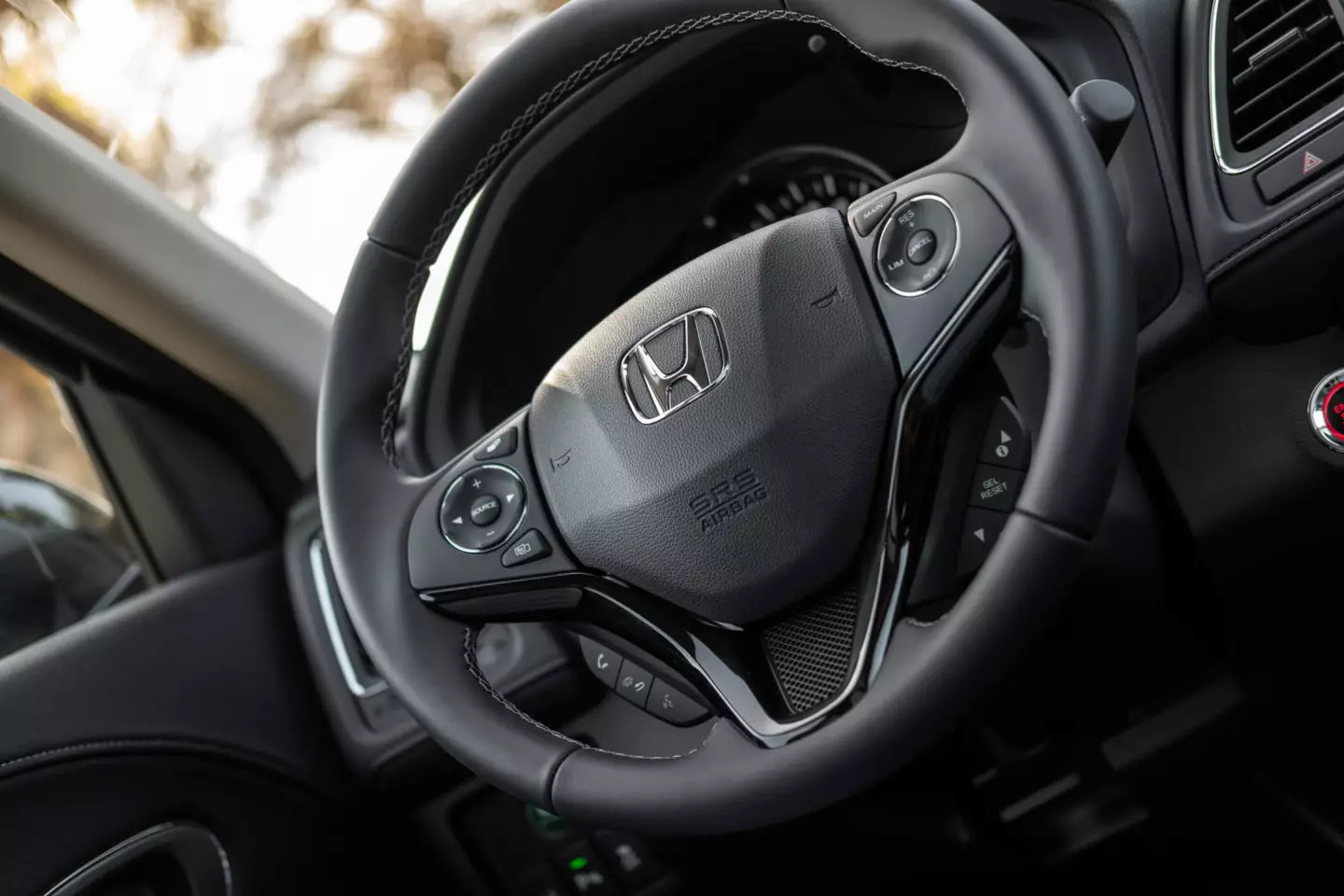
The steering wheel is the right size, has a good grip, and the leather is pleasant to the touch. Despite integrating many commands, the fact that they are organized in "islands" or separate areas, allows for faster learning and a more correct use, unlike all the controls in the center console, which are haptically responsive.
These criticisms are common to several Honda models, but we have seen actions by the Japanese brand to correct them. The physical buttons started to make a comeback — we saw it in the Civic renovation, and also in the new generation of Jazz, which also features a new infotainment system. We don't quite understand why the HR-V has received such a recent update and is not treated to the same kind of developments.
Despite these lesser points, the Honda HR-V's interior makes up for it with an above-average build. The materials used are mostly hard, not always the most pleasant to the touch — with the exception of the various leather-coated elements.
At the wheel
It took me some time to find a comfortable driving position, despite the generous ranges in movement of the steering wheel and seat, but I found it. If the steering wheel turned out to be an item of excellent quality — correct diameter and thickness, nice-to-touch leather — the seat, even though it's comfortable, ends up not having enough lateral and thigh support.
The Honda HR-V's dynamic adjustment is more oriented towards comfort, characterized by a certain general smoothness in the touch of the controls (they are nevertheless precise), as well as in the suspension's response.
Perhaps for this reason, most irregularities are competently absorbed, contributing to a good level of comfort on board. A consequence of this “smoothness” means that the bodywork presents some movement, but without being excessive or uncontrolled.
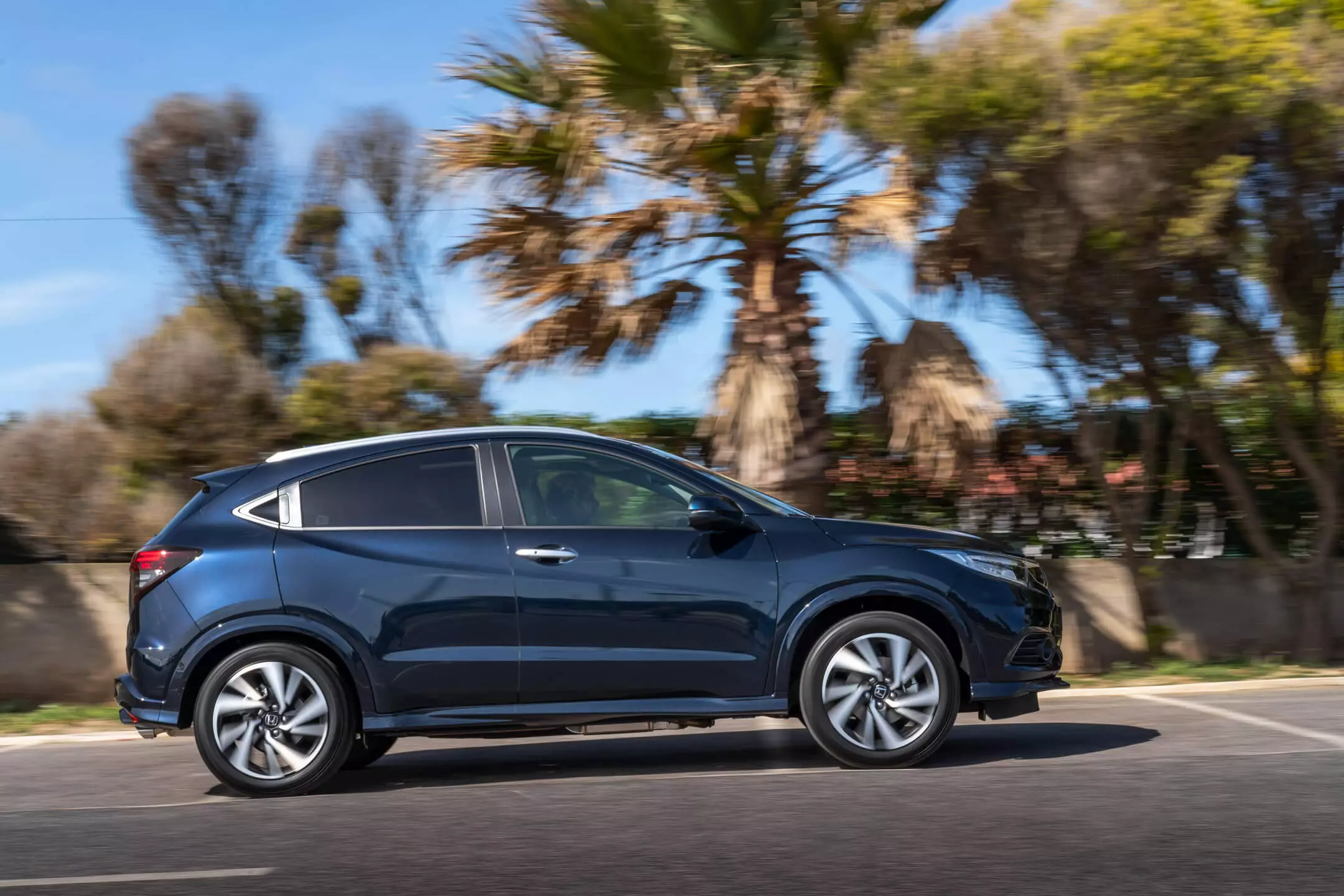
For those looking for dynamically more refined proposals in the segment, there are other options to choose from: Ford Puma, SEAT Arona or Mazda CX-3 are more satisfying in this chapter. The HR-V turned out to have better (dynamic) attributes as a comfortable roadster, characterized by convincing stability, even at high speeds — aerodynamic noises are nevertheless intrusive, with rolling noises being better suppressed.
In favor of the Honda HR-V we have an excellent manual gearbox — one of the best if not the best in the segment — with a mechanical feel and oilcloth that is a delight to use — why aren't there more gearboxes like that? It only lacks for presenting a long scale — not as long as what I found in another SUV, from the segment above, the CX-30 —, a way to keep consumption at acceptable levels.
Speaking of consumption…
… the long scaling of the box seems to work. The 1.5 i-VTEC, naturally aspirated, revealed a moderate appetite: slightly above five liters (5.1-5.2 l/100 km) at 90 km/h, rising to somewhere between 7.0-7.2 l/100 km at highway speeds. In the urban/suburban “turns” it remained at 7.5 l/100 km, a very reasonable value due to the type of use that this engine requires.
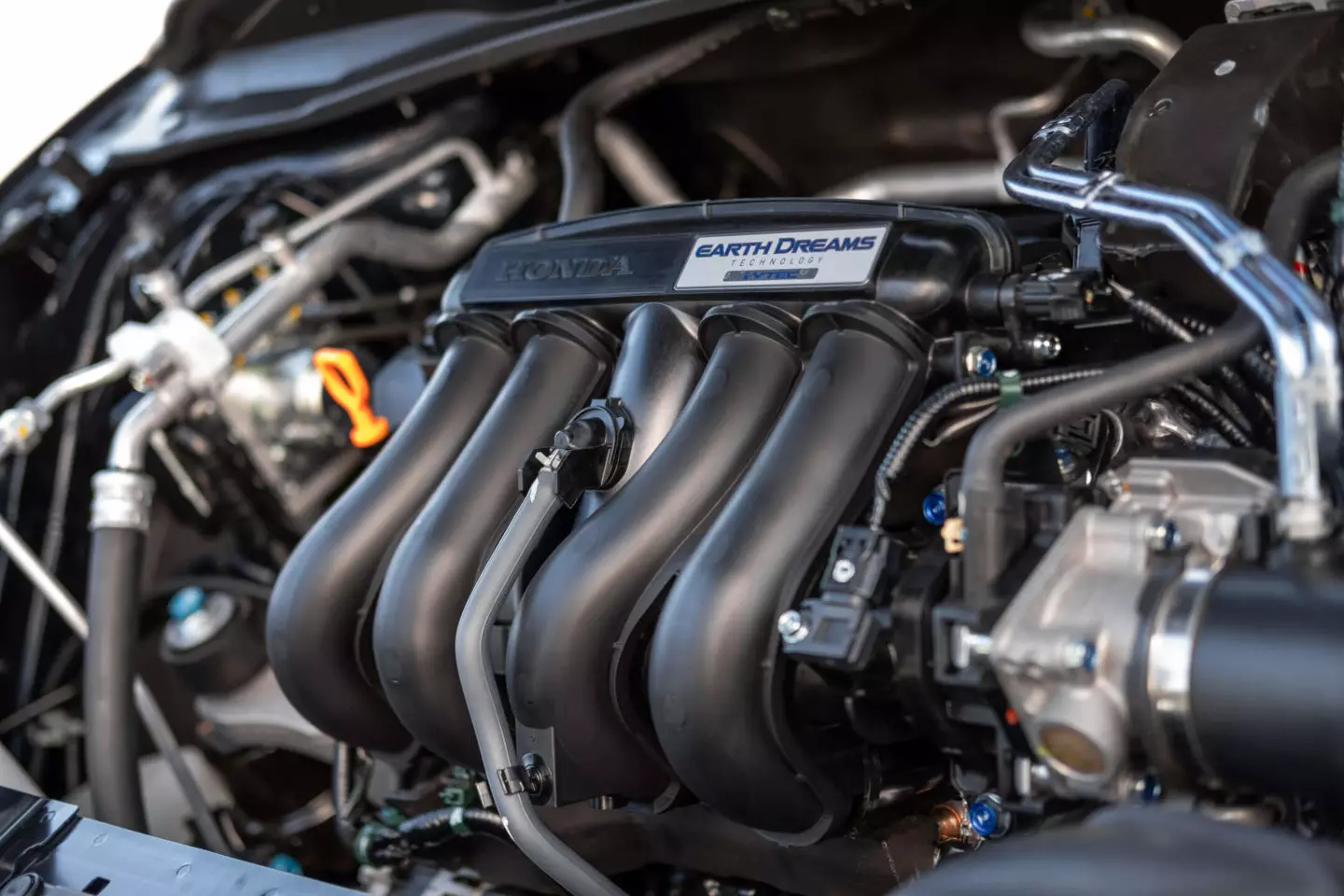
The 1.5 l atmospheric tetra-cylindrical delivers 130 hp. It had less than 400 km, which did not contribute to a very positive assessment. The benefits left something to be desired, but the consumptions are acceptable.
We are “forced” to resort more often to the (long) gear than would be expected and to push more through the revs than an equivalent turbo engine, because 155 Nm is only available at a high 4600 rpm. If it were a more pleasant experience, I wouldn't even criticize you so much.
However, the 1.5 i-VTEC is quite noisy when you increase the load and it also turned out to be a bit slow to ramp up the revs — despite the limit close to 7000 rpm, after 5000 rpm it didn't seem worth pushing it any further.
Part of the fault should be in the less than 400 km that it presented, noticing something “stuck”. With another couple of thousand kilometers covered, he might have been more energetic in his response, but it would not be expected a very different character. It seems to us that, in this case, the Civic's 1.0 Turbo would clearly be a better match for the HR-V and its intended use.
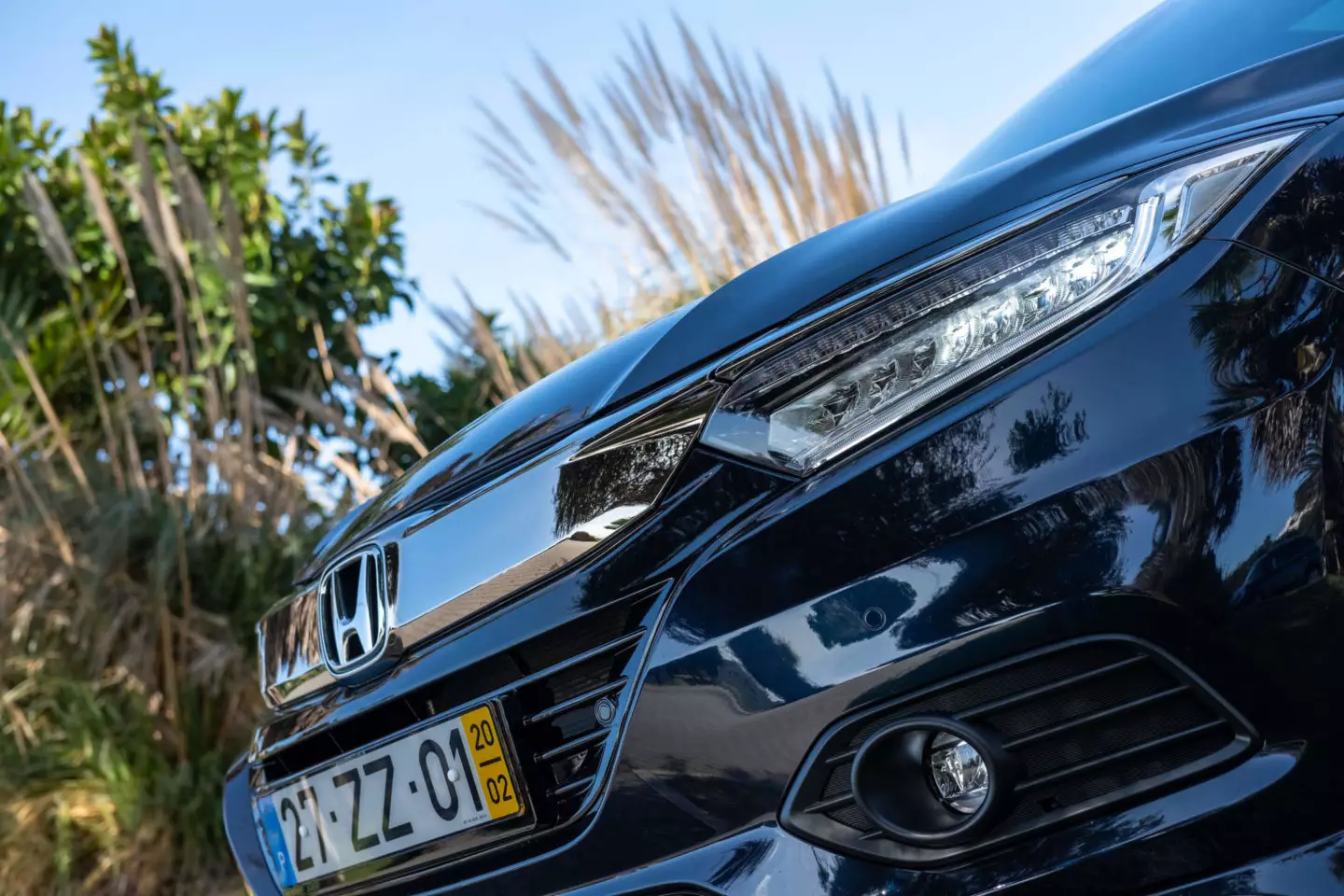
The front received some visual changes with the restyling, such as the generous chrome bar present in this Executive version..
Is the car right for me?
Despite the fact that the Honda HR-V has been overlooked in the market is something unfair, the truth is that it is difficult to recommend it with this 1.5 engine, when there are competitors with engines that are much nicer and more elastic to use, better suited for its purpose.
And today, the 1.5 i-VTEC is the “only” engine available in Portugal for the HR-V — the 1.6 i-DTEC is no longer sold and the excellent 1.5 Turbo is a… “social distance” from 5000 euros, a high value to consider it an alternative.
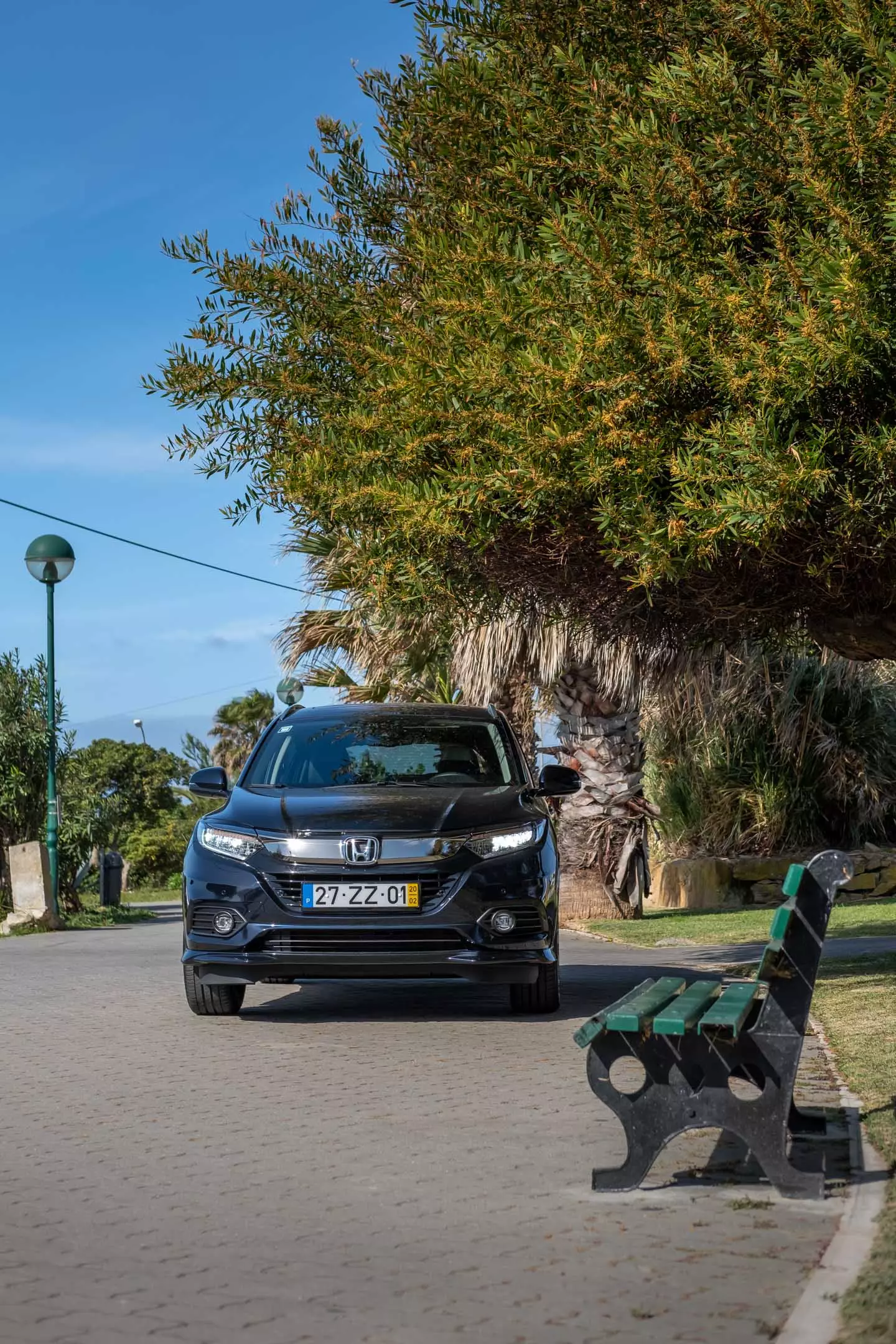
More difficult to understand is the fact that Honda has had in its catalog, for several years, a much-loved 1.0 Turbo that would “fit like a glove” in its model — shouldn't it have also arrived at the HR-V?
It seems so… Just as I was waiting for a more detailed review of the interior to improve its usability during its renovation. All aspects that end up harming the appreciation of this model. It's a pity… because the Honda HR-V is one of the B-SUVs that I found more suitable for family use (even because it's the one that most appears to have a… MPV character), offering excellent dimensions, accessibility and versatility.
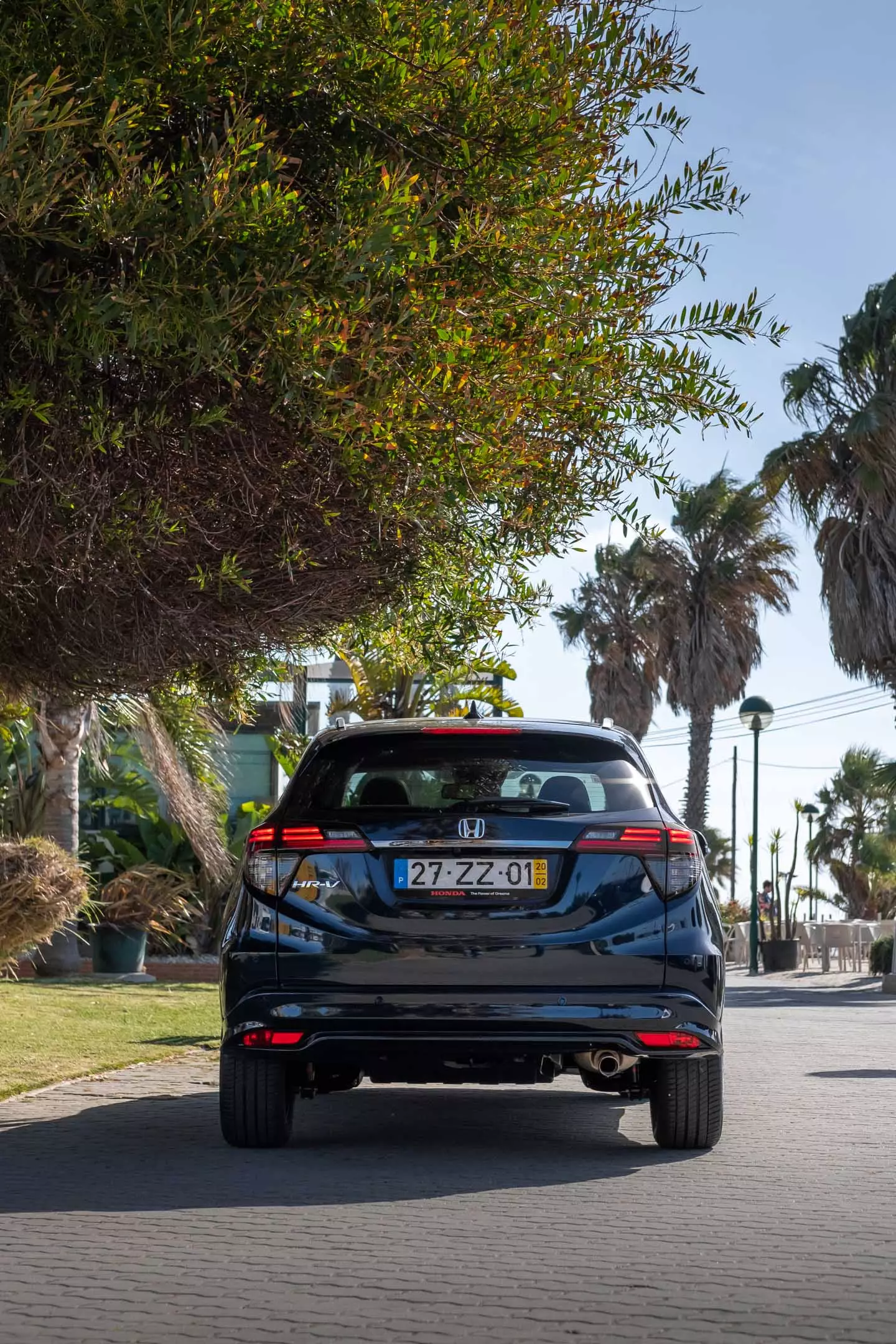
This is one of the most popular segments today and no one can afford to relax. The second generations of “heavyweights” Renault Captur and Peugeot 2008 raised the bar in the segment and deprived of arguments proposed as the HR-V, as they also started to offer more competitive internal quotas, joining the strongest arguments they already had. in engines or even… sex appeal.
